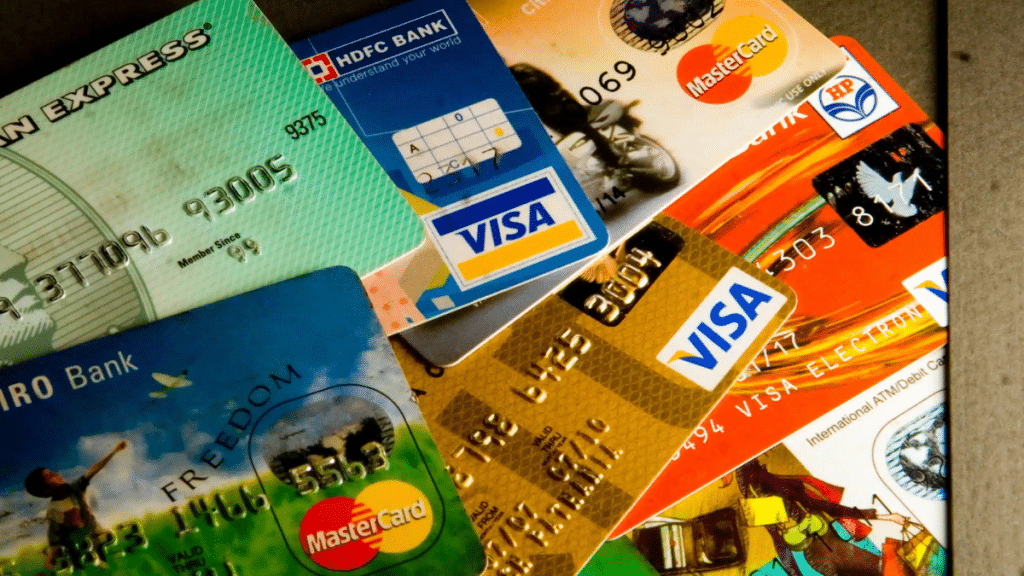Online shopping and digital transactions have become the norm, but with convenience comes risk. Robust fraud prevention has become essential for all in the digital landscape from consumers to businesses alike as cybercriminals are constantly evolving and adapting to new techniques. Digital payment cards—virtual cards, prepaid cards, and tokenized transactions—offer advanced security features that traditional plastic cards simply can’t match.
Companies like Blackcat have pioneered smarter ways to transact online while minimizing exposure to fraud. Here’s how digital payment cards keep your money safe in an increasingly digital economy.
1. Virtual Card Numbers: The Ultimate Fraud Barrier
One of the biggest vulnerabilities of physical cards is their static number—once compromised, fraudsters can reuse it repeatedly. Digital payment cards solve this problem with:
Single-Use or Merchant-Locked Numbers – Generate a unique card number for each transaction or retailer, rendering stolen data useless.
Spending Controls – Set exact limits on transaction amounts, dates, or approved merchants.
Instant Suspension – Freeze or delete a virtual card with one click if suspicious activity occurs.
Unlike traditional cards, virtual numbers prevent unauthorized reuse even if a hacker intercepts transaction details.
2. Tokenization: Your Real Card Number Stays Hidden
Tokenization replaces sensitive card details with randomized digital tokens during transactions. Here’s why it matters:
No Exposure at Checkout – Merchants only receive a token, not your actual card number.
Dynamic Security – Tokens expire after use or can be restricted to specific devices.
Seamless Integration – Works with mobile wallets (Apple Pay, Google Pay) and online retailers.
Even if a data breach occurs, tokens can’t be reverse-engineered into usable card details.
3. Real-Time Alerts & AI Fraud Detection
Digital payment platforms leverage artificial intelligence to monitor transactions 24/7. Suspicious triggers include:
Unusual Spending Patterns – Large purchases in unfamiliar locations.
High-Risk Merchant Categories – Transactions from flagged vendors.
Multiple Rapid Declines – Indicates card-testing attacks.
Users receive instant notifications to confirm or block transactions, often before fraud occurs.
4. Zero Liability & Chargeback Protection
Most digital card providers, including Blackcat, offer:
Automated Fraud Reimbursement – No out-of-pocket costs for unauthorized charges.
Simplified Dispute Resolution – Dispute fraudulent transactions via app instead of lengthy phone calls.
Regulatory Compliance – Adherence to PCI-DSS and PSD2 security standards.
This financial safety net reduces stress when dealing with potential fraud.
5. Biometric & Multi-Factor Authentication (MFA)
Digital cards add extra verification layers:
Fingerprint/Facial Recognition – Required to approve high-value transactions.
One-Time Passcodes (OTP) – Sent via SMS or authenticator apps.
Behavioral Biometrics – Analyzes typing speed or swipe patterns to detect imposters.
Even if a fraudster obtains card details, they can’t bypass these safeguards.
6. Geolocation & Device Locking
Advanced digital cards use:
IP/Geo-Blocking – Decline transactions from unexpected countries.
Device Authorization – Only permit payments from registered smartphones or laptops.
This stops “card-not-present” fraud, where thieves use stolen numbers from distant locations.
7. Limited Exposure for Subscriptions & Free Trials
Auto-renewing subscriptions are a fraud hotspot. Digital cards help by:
Setting Expiry Dates – Virtual cards expire before unwanted renewals.
Capping Spending – Restrict amounts to prevent overcharging.
Easy Cancellation – Terminate the card number without affecting your primary account.
No more fighting with gym memberships or streaming services over unexpected charges.
The Future of Fraud-Proof Payments
Emerging technologies will further enhance security:
Quantum Encryption – Unhackable transaction protocols.
Self-Destructing Cards – Numbers that vanish after a single use.
Blockchain Verification – Decentralized fraud detection networks.
As threats evolve, digital payment cards will continue leading the defense.
Staying Safe in a Digital World
While no system is 100% foolproof, digital payment cards dramatically reduce fraud risks by:
Eliminating Static Card Numbers
Adding Real-Time Monitoring
Giving Users More Control
For those prioritizing security without sacrificing convenience, solutions like Blackcat demonstrate how innovation can outpace cybercriminals.
Final Thoughts
- Virtual card numbers prevent reuse by fraudsters.
- Tokenization hides real card details during transactions.
- AI and biometrics add proactive protection layers.
- Digital cards offer superior control over subscriptions and spending.
By adopting these tools, consumers and businesses can transact online with confidence—knowing their finances are shielded by cutting-edge security.
